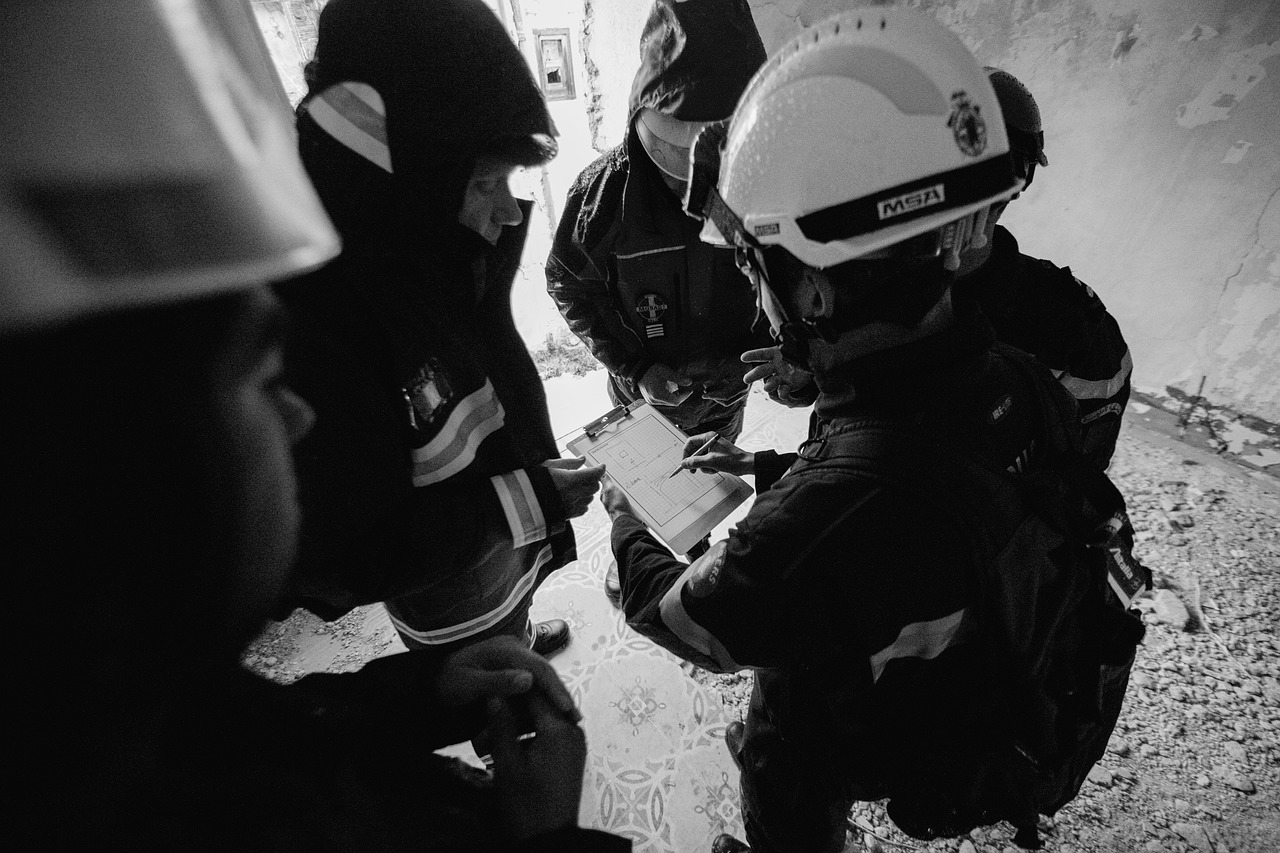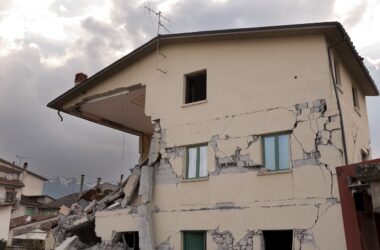Natural disasters strike with devastating force, leaving destruction and displacement in their wake.
In such moments of crisis, effective disaster relief becomes a lifeline, providing urgent assistance and mitigating the impact on affected communities. The critical importance of well-executed disaster relief efforts cannot be overstated.
Averstance recognizes the immense significance of disaster relief operations and is deeply committed to supporting these efforts.
Through strategic mobilization, partnerships with organizations, and a focus on training, Averstance works tirelessly to strengthen disaster response capabilities and provide vital support during times of crisis.
This article delves into the profound significance of disaster relief, shedding light on the crucial role played by disaster relief organizations.
Furthermore, it emphasizes the essentiality of training in enhancing disaster response efforts and outlines Averstance's unwavering commitment to disaster relief operations, supporting organizations, and promoting training initiatives.
Table of Contents
Understand Disaster Relief Operations and Mobilization
Disaster relief operations refer to the coordinated efforts undertaken to respond to and alleviate the consequences of natural or man-made disasters.
The primary objectives of disaster relief operations are to save lives, meet the immediate needs of affected individuals and communities, provide emergency shelter, food, water, medical assistance, and restore essential services in the affected areas.
These operations aim to minimize suffering, restore stability, and facilitate the recovery process.
Mobilization is a critical aspect of disaster relief operations, involving the rapid deployment of resources, personnel, and equipment to the affected areas. The process typically involves the following bodies:
- Government agencies: National and local government bodies play a vital role in coordinating disaster response efforts, providing leadership, and allocating resources. They establish emergency management frameworks and engage in disaster risk reduction planning.
- Non-governmental organizations (NGOs): NGOs, both local and international, are actively involved in disaster relief operations. They provide expertise, personnel, and resources to support the affected communities.
- Military and security forces: The military and security forces are crucial in disaster relief mobilization, especially in situations that require search and rescue operations, logistics support, and ensuring public safety.
- Community organizations and volunteers: Local community organizations and volunteers play an integral role in disaster relief, as they have firsthand knowledge of the affected areas and can provide immediate support and assistance to their communities.
Promoting Disaster Relief Training
Disaster relief training plays a crucial role in building preparedness and response capabilities for individuals and organizations involved in disaster relief operations. Key reasons for the importance of training include:
- Knowledge and skills development: Training equips individuals with the necessary knowledge, skills, and techniques to effectively respond to different types of disasters. This includes understanding disaster management frameworks, disaster risk reduction strategies, search and rescue techniques, first aid, and psychological support.
- Enhancing decision-making abilities: Training helps individuals develop critical thinking and decision-making skills in high-pressure situations. This enables them to assess risks, prioritize actions, and make informed choices during disaster response.
- Building resilience and adaptability: Disaster relief training develops resilience and adaptability, enabling individuals and organizations to respond effectively to evolving and challenging circumstances during disaster situations.
- Strengthening teamwork and collaboration: Training fosters effective teamwork and collaboration among responders, enabling them to work cohesively and efficiently in a high-stress environment.
Training plays a pivotal role in enhancing coordination, effectiveness, and efficiency in disaster relief operations by:
- Improving coordination and communication: Training ensures responders understand their roles and responsibilities, enabling effective coordination and communication among different teams and agencies involved in relief operations.
- Streamlining response efforts: Trained individuals can quickly assess situations, prioritize actions, and respond in a structured and organized manner. This streamlines relief efforts, minimizing delays and optimizing resource utilization.
- Enhancing operational effectiveness: Training enables responders to make informed decisions based on their acquired knowledge and skills, resulting in more effective and efficient disaster response.
- Mitigating risks and improving safety: Proper training equips responders with the necessary risk assessment and management skills, reducing the potential for further harm and ensuring their safety during relief operations.
Averstance's Support for Disaster Relief
Averstance actively engages in disaster relief training in the Philippines and holds a strong commitment to supporting organizations involved in these efforts.
Recognizing the immense impact of disasters on communities, Averstance strives to provide timely assistance, resources, and support to alleviate the suffering caused by natural or man-made calamities.
Averstance's support for disaster relief is demonstrated through various initiatives, partnerships, and projects, including:
- Emergency response mobilization: Averstance rapidly mobilizes resources and personnel to affected areas during disasters, working closely with local authorities and other relief organizations. This allows for a quick and efficient response to immediate needs, such as providing emergency supplies, shelter, and medical aid.
- Capacity-building programs: Averstance actively invests in capacity-building programs to strengthen the disaster response capabilities of local communities and organizations. These programs include training in disaster preparedness, risk reduction, and effective response strategies, empowering communities to be better prepared for future disasters.
- Collaborative partnerships: Averstance forms strategic partnerships with local and international organizations engaged in disaster relief. By leveraging the expertise and resources of these partners, Averstance expands its reach and impact in addressing the diverse needs of affected communities.
- Sustainable recovery projects: Averstance is dedicated to supporting long-term recovery and rebuilding efforts in disaster-affected areas. Through sustainable projects, such as infrastructure rehabilitation, livelihood support, and community development initiatives, Averstance aims to facilitate the restoration of normalcy and resilience in communities.
Training for Psychological First Aid
During times of disaster and crisis, the immediate physical needs of survivors are often apparent, but their emotional and psychological well-being is equally important. Psychological First Aid (PFA) is a crucial component of disaster relief training offered by Averstance.
This specialized training equips individuals with the skills and knowledge to provide compassionate and effective support to survivors, helping them cope with the emotional aftermath of a disaster.
Understanding the importance of addressing mental health in emergencies, Averstance's PFA training focuses on building resilience, reducing distress, and promoting psychological recovery among survivors and responders alike.
Averstance's collaborative approach, combined with its dedication to providing immediate relief, supporting long-term recovery, and building community resilience, demonstrates its commitment to effective and sustainable disaster relief.
Through its ongoing efforts, Averstance continues to make a positive difference in the lives of those affected by disasters, embodying its mission of empowering communities and promoting their well-being in the face of adversity.







